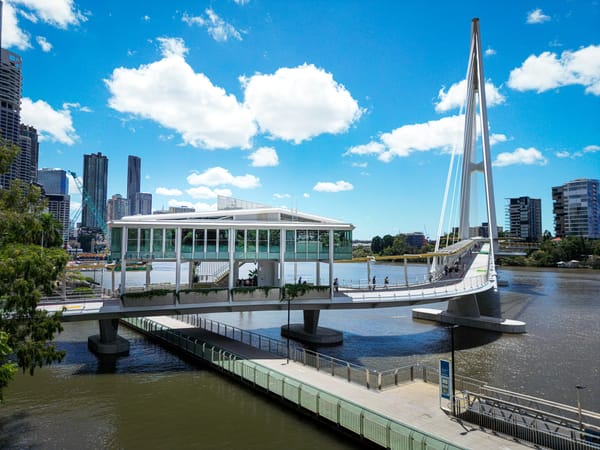
Facade Solutions
Kangaroo Point Green Bridge Sets a New Benchmark for Public Space Design
G.James supplied and installed a complete glazing package across multiple structures including balustrading, lift enclosure glazing, skylights, exterior facade and discreet frameless glass wall/door system.

